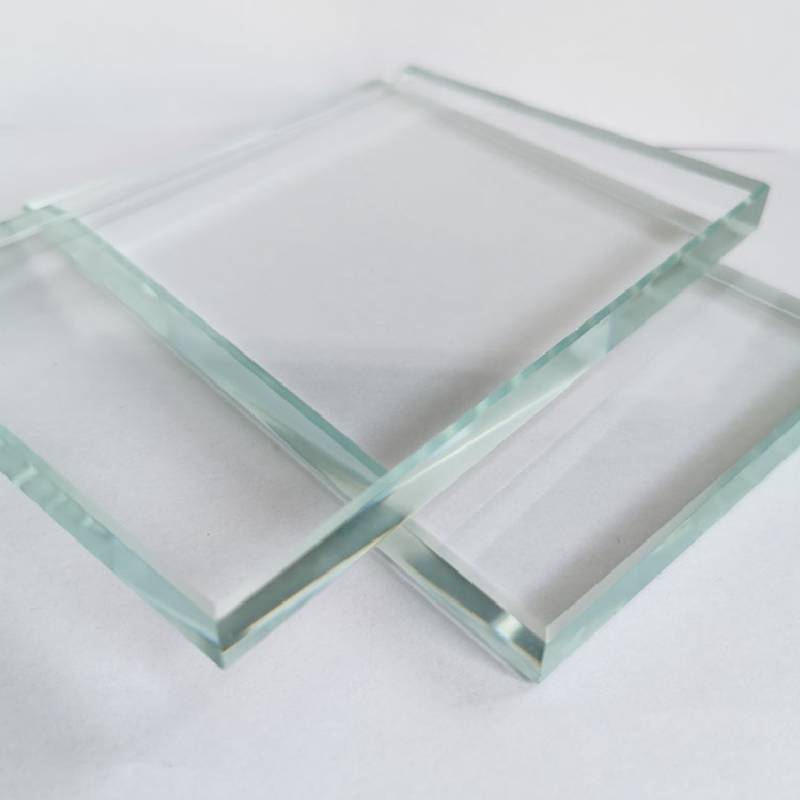The Process of Making Toughened Glass
Toughened glass, also known as tempered glass, is a revolutionary material widely used in construction, automotive, and various other industries due to its remarkable strength and safety features. The process of making toughened glass involves a series of meticulous steps designed to enhance its structural integrity and thermal resistance. This article delves into the intricate manufacturing process of toughened glass, spotlighting its benefits and applications.
Raw Material Selection
The journey of toughened glass begins with the selection of high-quality raw materials. Silica sand is the primary ingredient, complemented by soda ash and limestone. The combination of these materials forms a robust glass base. The selected materials undergo rigorous quality checks to ensure that they meet the standards required for glass production.
Melting
Once the raw materials are processed, they are mixed and melted in a furnace at temperatures exceeding 1,500 degrees Celsius. This step transforms the solid ingredients into a molten glass. The melting process is crucial as it eliminates any impurities, ensuring a homogeneous mixture that is essential for the subsequent steps in manufacturing toughened glass.
Forming
After achieving a molten state, the glass is shaped into sheets of desired dimensions, typically ranging from 4mm to 19mm thick. This can be done through various techniques, including float glass, where the molten glass is floated on a bed of molten tin, resulting in a flat and uniform thickness. Other forming techniques can involve pressing or rolling, depending on the specific application of the glass.
Annealing
Following the forming process, the glass sheets are subjected to an annealing phase. This involves slowly cooling the glass in a controlled environment. Annealing helps to relieve internal stresses that may have developed during the forming process. This step is crucial as it ensures the uniform distribution of stress throughout the glass, which is vital for its later toughness and performance.
Toughening Process
process of making toughened glass
The heart of toughened glass manufacturing lies in the toughening process itself. The cooled glass sheets are now ready to undergo thermal treatment. Each sheet is rapidly heated to approximately 600 degrees Celsius and then promptly cooled. This rapid heating and cooling create a compressive stress layer on the surface of the glass while inducing tensile stress in the center.
The thermal tempering process significantly increases the glass's strength, making it up to five times stronger than untreated glass. This enhancement allows toughened glass to withstand high impact, thermal stresses, and even extreme temperature changes without shattering. Should it break, toughened glass shatters into small, blunt pieces rather than sharp shards, thereby reducing the risk of injury.
Surface Treatment
In some cases, toughened glass undergoes additional surface treatment for aesthetic or functional purposes. This can include coatings to enhance UV resistance or anti-reflective properties. These treatments not only improve the appearance of the glass but also add to its durability and resistance to weathering.
Quality Control
Quality assurance is a critical component of the toughened glass manufacturing process. Each batch of glass undergoes comprehensive testing to ensure that it meets stringent safety and performance standards. Tests for impact resistance, thermal shock, and optical clarity are conducted, ensuring the end product's reliability and safety.
Applications
Due to its superior safety and strength properties, toughened glass finds extensive use in a variety of applications. From skyscraper facades and shower doors to car windshields and glass furniture, its versatility is unmatched. Moreover, as modern architecture trends towards larger glass elements and open spaces, the demand for toughened glass continues to rise.
Conclusion
The process of making toughened glass is a sophisticated blend of art and science, highlighting the importance of precise engineering and rigorous quality control. This advanced material not only enhances safety and aesthetics in various applications but also demonstrates the innovative spirit of modern manufacturing. As technology continues to advance, toughened glass is poised to further evolve, maintaining its position as a valuable asset in diverse industries.
 Afrikaans
Afrikaans  Albanian
Albanian  Amharic
Amharic  Arabic
Arabic  Armenian
Armenian  Azerbaijani
Azerbaijani  Basque
Basque  Belarusian
Belarusian  Bengali
Bengali  Bosnian
Bosnian  Bulgarian
Bulgarian  Catalan
Catalan  Cebuano
Cebuano  Corsican
Corsican  Croatian
Croatian  Czech
Czech  Danish
Danish  Dutch
Dutch  English
English  Esperanto
Esperanto  Estonian
Estonian  Finnish
Finnish  French
French  Frisian
Frisian  Galician
Galician  Georgian
Georgian  German
German  Greek
Greek  Gujarati
Gujarati  Haitian Creole
Haitian Creole  hausa
hausa  hawaiian
hawaiian  Hebrew
Hebrew  Hindi
Hindi  Miao
Miao  Hungarian
Hungarian  Icelandic
Icelandic  igbo
igbo  Indonesian
Indonesian  irish
irish  Italian
Italian  Japanese
Japanese  Javanese
Javanese  Kannada
Kannada  kazakh
kazakh  Khmer
Khmer  Rwandese
Rwandese  Korean
Korean  Kurdish
Kurdish  Kyrgyz
Kyrgyz  Lao
Lao  Latin
Latin  Latvian
Latvian  Lithuanian
Lithuanian  Luxembourgish
Luxembourgish  Macedonian
Macedonian  Malgashi
Malgashi  Malay
Malay  Malayalam
Malayalam  Maltese
Maltese  Maori
Maori  Marathi
Marathi  Mongolian
Mongolian  Myanmar
Myanmar  Nepali
Nepali  Norwegian
Norwegian  Norwegian
Norwegian  Occitan
Occitan  Pashto
Pashto  Persian
Persian  Polish
Polish  Portuguese
Portuguese  Punjabi
Punjabi  Romanian
Romanian  Russian
Russian  Samoan
Samoan  Scottish Gaelic
Scottish Gaelic  Serbian
Serbian  Sesotho
Sesotho  Shona
Shona  Sindhi
Sindhi  Sinhala
Sinhala  Slovak
Slovak  Slovenian
Slovenian  Somali
Somali  Spanish
Spanish  Sundanese
Sundanese  Swahili
Swahili  Swedish
Swedish  Tagalog
Tagalog  Tajik
Tajik  Tamil
Tamil  Tatar
Tatar  Telugu
Telugu  Thai
Thai  Turkish
Turkish  Turkmen
Turkmen  Ukrainian
Ukrainian  Urdu
Urdu  Uighur
Uighur  Uzbek
Uzbek  Vietnamese
Vietnamese  Welsh
Welsh  Bantu
Bantu  Yiddish
Yiddish  Yoruba
Yoruba  Zulu
Zulu 

